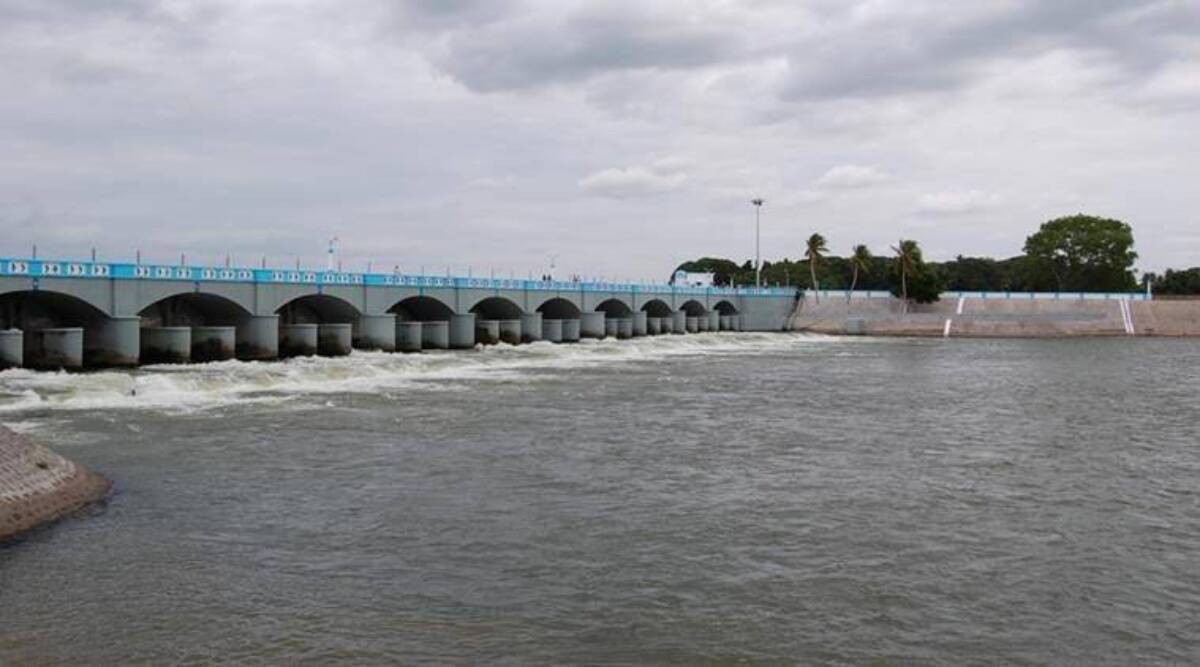A study led by experts from the Indian Institute of Science (IISc), Bengaluru, discovered that microplastics and other contaminants may be causing growth abnormalities and skeletal deformities in fish in the Cauvery river.
Key Points:
- In the states of Tamil Nadu and Karnataka, the Cauvery provides a source of drinking water for humans and animals, as well as agriculture. Ecotoxicology and Environmental Safety is the publication where the research was published.
- The researchers looked at pollution levels in river water samples as well as the microplastic composition.
- They next looked at zebrafish embryos that had been incubated in these substances in the lab and discovered that they had growth and skeletal malformations, a lower heart rate, a shorter life span, and DNA damage.
- The damage was related to molecules in the fish’s cells known as reactive oxygen species (ROS), which are extremely reactive compounds formed from oxygen molecules.
- It was found out that the Cauvery waters are hypoxic.
- Many types of garbage, including industrial and agricultural waste, have been dumped in the Cauvery, resulting in indiscriminate pollution throughout the body of water.
About the research:
- The researchers took water samples from three different types of stations: one where the water was stagnant, another where it flowed slowly, and a third where the water flowed quickly.
- Multiple bacteria that are bioindicators of the presence of contaminants were discovered in these samples, which is the first time this has been demonstrated.
- The authors conclude, “The findings from this study may prove useful in providing significant insights for future water treatment and the potential health dangers of using KRS-CR water for drinking, fishing, and irrigation.”
- Except for the amount of dissolved oxygen that fish breathe in, which showed clear indicators of hypoxic conditions or reduced oxygen, the scientists discovered that all chemical contaminants were below allowed safety levels.
Role of Microplastics as a pollutant:
- Microplastics were also found, which had never been quantified in Cauvery waters before.
- Microplastics can now be detected in human blood, foetuses in pregnant women, inside plants, deep on the seabed, in Antarctica, on the summit of Mount Everest, and in the air we breathe on a daily basis.
- Microplastics can be found in a variety of places, including our clothing and water bottles.
- Microplastics in water can infiltrate fish and other species, passing higher up the food chain and eventually ending up on human plates.
- They can lead to all sorts of cell and DNA damage in animals, harming ecosystems across the world.
Toxicity of cells caused by hypoxia:
- Hypoxic conditions were discovered in both slow-flowing sections and static samples, according to preliminary investigation.
- The researchers cleansed water samples to remove chemical contaminants and associated bacteria before incubating zebrafish in them for the study.
- They did the same thing with unfiltered water samples.
- They discovered that the fish exhibited biochemical and genetic abnormalities both before and after filtering.
- In hypoxic conditions, chemicals known as reactive oxygen species (ROS) are produced. Peroxides and free radicals like hydroxyl, which are produced from molecular oxygen, are examples of these.
- When ROS molecules come into touch with most things, they turn unstable and react. These chemicals cause toxicity in cells by interfering with organelles, resulting in cell death and abnormalities.
- DNA damage, a slowed heart rate, a build-up of fluid in the heart’s wall, cell death, skeletal abnormalities, and a shorter life span were among the symptoms reported.
- Both microplastics that break down and chemicals poured into the ocean produce hypoxia, putting marine species under oxidative stress, or a diminished ability to repair damage caused by ROS molecules.
- As a result, a variety of DNA and morphological abnormalities develop.
Important Takeaways for exam:
Cauvery River:
- The term “reactive oxygen species” (ROS) refers to a group of molecular oxygen derivatives that occur naturally in aerobic living. Increased production of various ROS causes molecular damage, which is referred to as ‘oxidative distress.
DNA:
- Deoxyribonucleic acid (DNA) is a polymer made up of two polynucleotide chains that coil around each other to create a double helix and carry genetic code for all known organisms and viruses’ genesis, function, growth, and reproduction.
- Nucleic acids comprise DNA and ribonucleic acid.
Ecotoxicology:
- The study of the impact of harmful chemicals on biological species, particularly at the population, community, ecosystem, and biosphere levels, is known as ecotoxicology. Ecotoxicology is a multidisciplinary field in which toxicology and ecology are combined.
ROS:
- The term “reactive oxygen species” (ROS) refers to a group of molecular oxygen derivatives that occur naturally in aerobic living.
- Increased production of various ROS causes molecular damage, which is referred to as ‘oxidative distress.’



 Indian Olympic Medal Winners List Till N...
Indian Olympic Medal Winners List Till N...
 Who is the Inventor of the Gramophone?
Who is the Inventor of the Gramophone?
 HS Dhaliwal Appointed New DGP Of Andaman...
HS Dhaliwal Appointed New DGP Of Andaman...
